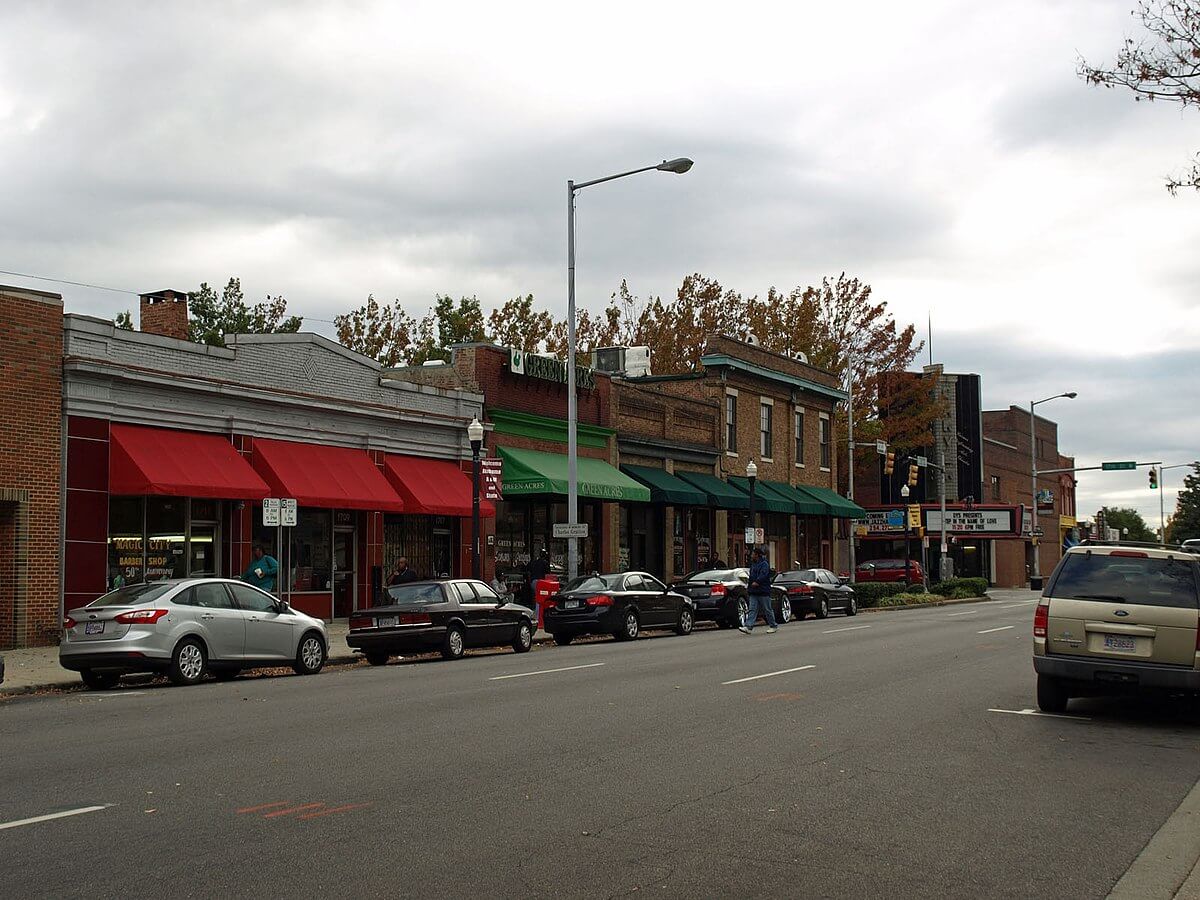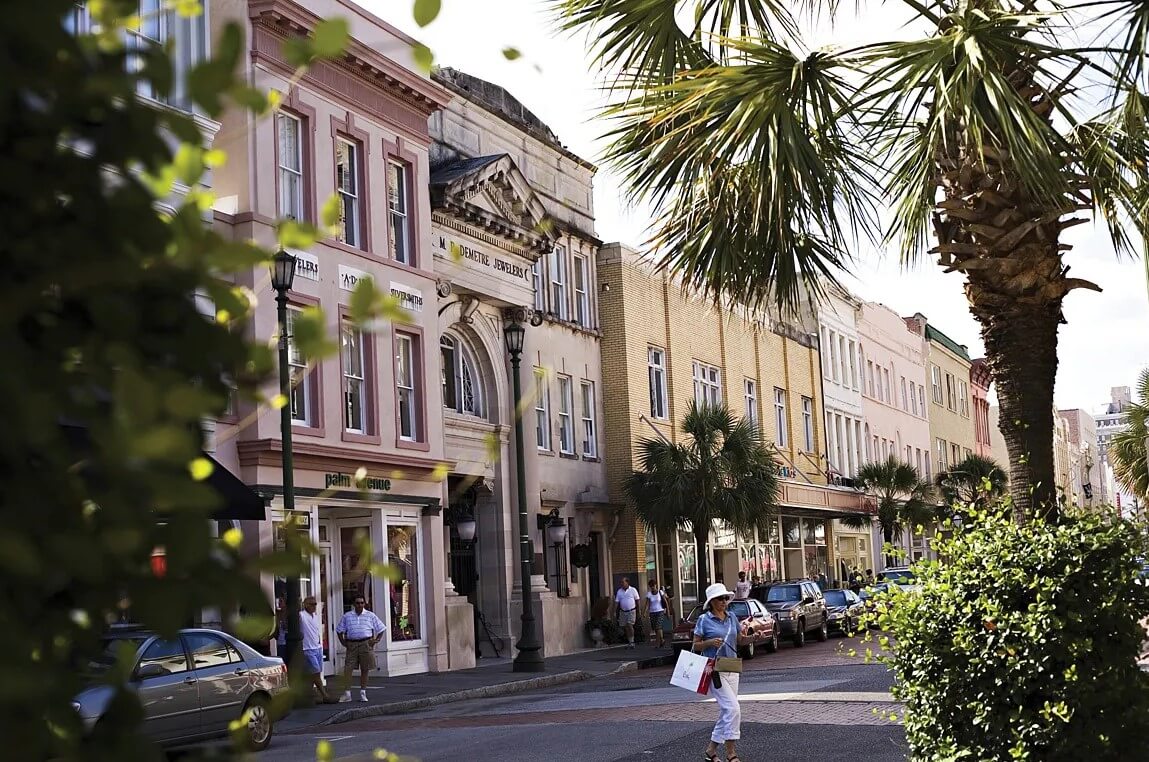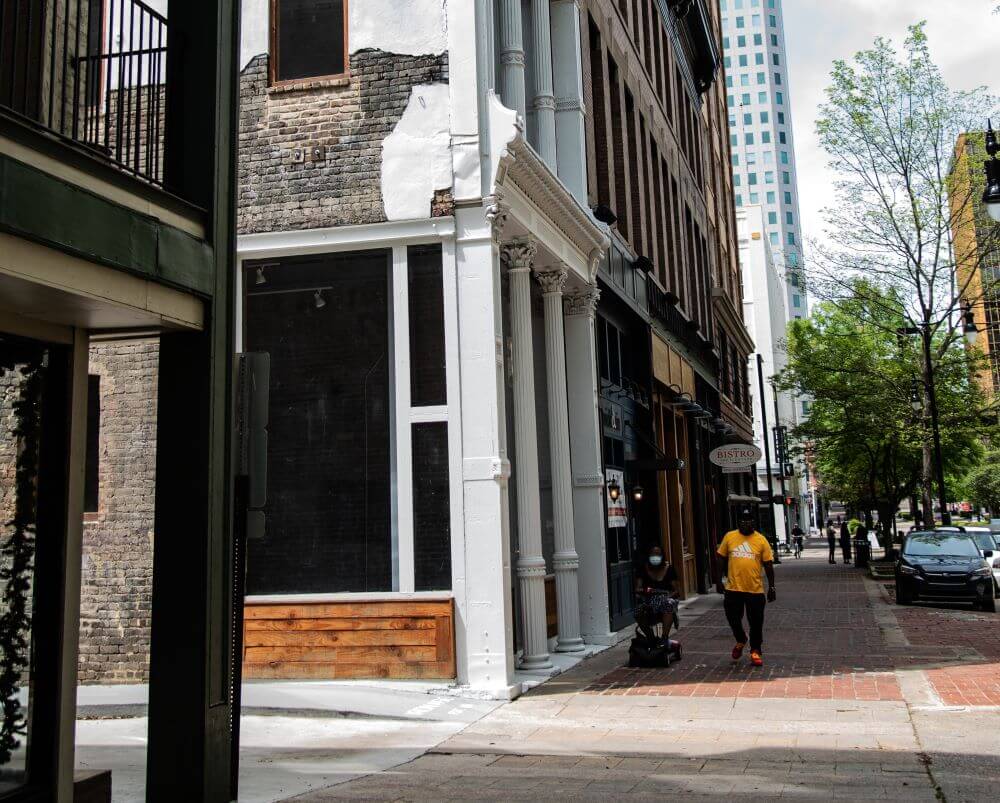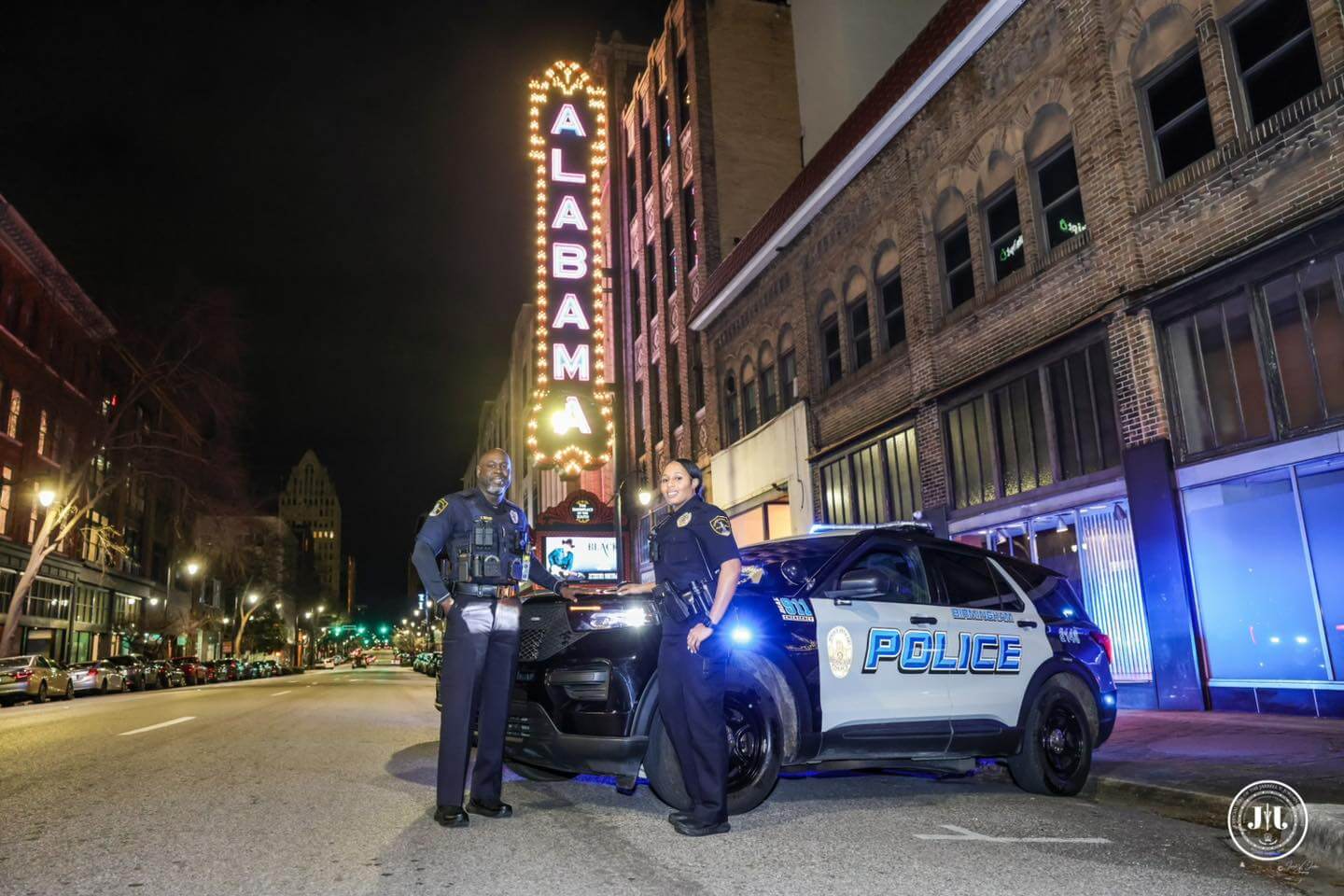Why we say yay to two-way streets downtown
April 19, 2024 · Develop, Engage

Following U.S. Transportation Secretary Pete Buttigieg’s recent visit to Birmingham, many a Magic City resident’s’ interest has piqued regarding upcoming changes to 4th Avenue North.
In March, it was announced that the “Reconnecting 4th Avenue North: A Two-Way Vision for Reviving Legacy and Inspiring Progress” project was awarded a federal grant of more than $14.5 million for a 15-block redesign of Birmingham’s Black Main Street.
The redesign will include converting the road from one-way to two-way and will help reconnect downtown neighborhoods and businesses divided by the construction of I-65 in the 1960s. The project encompasses the Historic 4th Avenue Business District, a once thriving hub of Black businesses and community in Birmingham. This historic district is only a part of this nearly 1.5 mile stretch of 4th Avenue North. It also includes several distinct areas of downtown such as the U.S. Post Office, the Harbert Center and the soon-to-open building redeveloped by Auburn University to house its local programs. This multimodal project aims to revive the access and connectivity that helped the community thrive prior to its conversion into a one-way street during the 1970s.
“It’s about better infrastructure, and it’s about putting right things that have been done wrong in the past,” said Buttigieg.
REV Birmingham is a long-time advocate for making the switch to two-way streets downtown, and this is something recommended by planners studying our downtown for years. In fact, the team that developed the 2004 City Center Master Plan recommended many street changes but noted 4th Avenue North conversion should take place “immediately.” We believe this project is a catalytic moment for Birmingham – but you may find yourself wondering why that is. The case for two-ways is layered with economic and social benefits alike. Let’s dive in!


Economic Development

This project of public investment can potentially lead to investment in underutilized sites along the route and create opportunities for redevelopment. Just take it from the good people of King Street in Charleston, South Carolina. This historic downtown corridor was converted from a one-way to two-way in 1996, and the project was fully completed in 2009 with added trees and bike lanes.
According to a Clemson University study, the street’s vacancy rate has decreased from 38.7% in 1996 to 3% in 2024, meaning more businesses have been able to move into and remain in brick-and-mortar spaces along King Street since its two-way conversion. Additionally, there has been at least $402,480,715.00 invested in various projects on King Street since the project’s completion.
There are a number of underutilized properties along 4th Avenue North that could receive a spark of interest and attention from its upcoming transformation!
Increased Business Activity
Two-way traffic can play a key role in increasing a corridor’s business activity, partially due to increased visibility for businesses on both sides of the street. Another retail perk is easier consumer access to stores. This is further supported by a San Diego State study that analyzed 6 cities that successfully completed one way to two conversions in their downtowns. The study analyzed the following cities, all of which experienced an increase in retail sales:
- Vancouver, WA
- Minneapolis, MN
- Louisville, KY
- Des Moines, IA
- Austin, TX
- Charleston, SC
It’s important to remember that, aside from drive-throughs, all retail space requires us to become a pedestrian in order to enter a store. If the pedestrian experience is better, the customer experience is better. This is why large shopping centers and malls use speed bumps, stop signs, and curved roads to limit speeds in order to make a safer and more comfortable experience for their customers.

Enhanced Pedestrian Experience

One-way to two-way conversions is a well-researched topic that has been proven to be beneficial in urban cores. One such benefit is that of enhanced pedestrian experience. Where one-way streets often encourage speedy traffic, two-ways naturally slow down vehicles and pedestrians, better allowing all of us to take in the surrounding sights and happenings.
“Without the danger of oncoming traffic, one-way streets can feel like an invitation to hit the gas.”
– Eric Jaffe, Bloomberg
Calmer traffic can help pedestrians and cyclists feel safer enjoying a street. This increased walkability and sense of safety then has the potential to draw more people to explore the city center.
Reduced Crime
Decreased crime is an interesting side benefit from having more eyes on the streets and less vacant spaces due to increased retail demand. In Louisville, KY, for example, three years following their switch to two-ways, crime dropped 23% on the converted streets. Auto theft alone decreased by almost one third on the converted streets, even as it climbed by 36% on nearby one-way streets. At the same time, there was a 42% reduction in robberies on the converted streets.

Saying yay to two-ways
These are just a few reasons among many that two-way conversions can bring about a more vibrant Birmingham. We look forward to watching this exciting change unfold on 4th Avenue North!
Read More

The key tool for urban revitalization: Downtown Birmingham’s BID
By the time REV took on BID management in 2018, downtown had a new set of needs from its BID. Downtown Birmingham in the ‘90s had a population mainly of 9 to 5 employees. But the downtown of 2018 had a whole new population of residents and visitors throughout the day and night. We had new opportunities to create positive experiences, inviting them into more downtown businesses and public spaces, and to keep them coming back for more.